Electrogenic breathes new life into this 1929 Rolls-Royce with a bespoke EV conversion
This Roll-Royce Phantom II is perhaps the most complex EV conversion ever undertaken, transforming the 1929 classic into a strong, silent EV that’ll fit right in with modern traffic
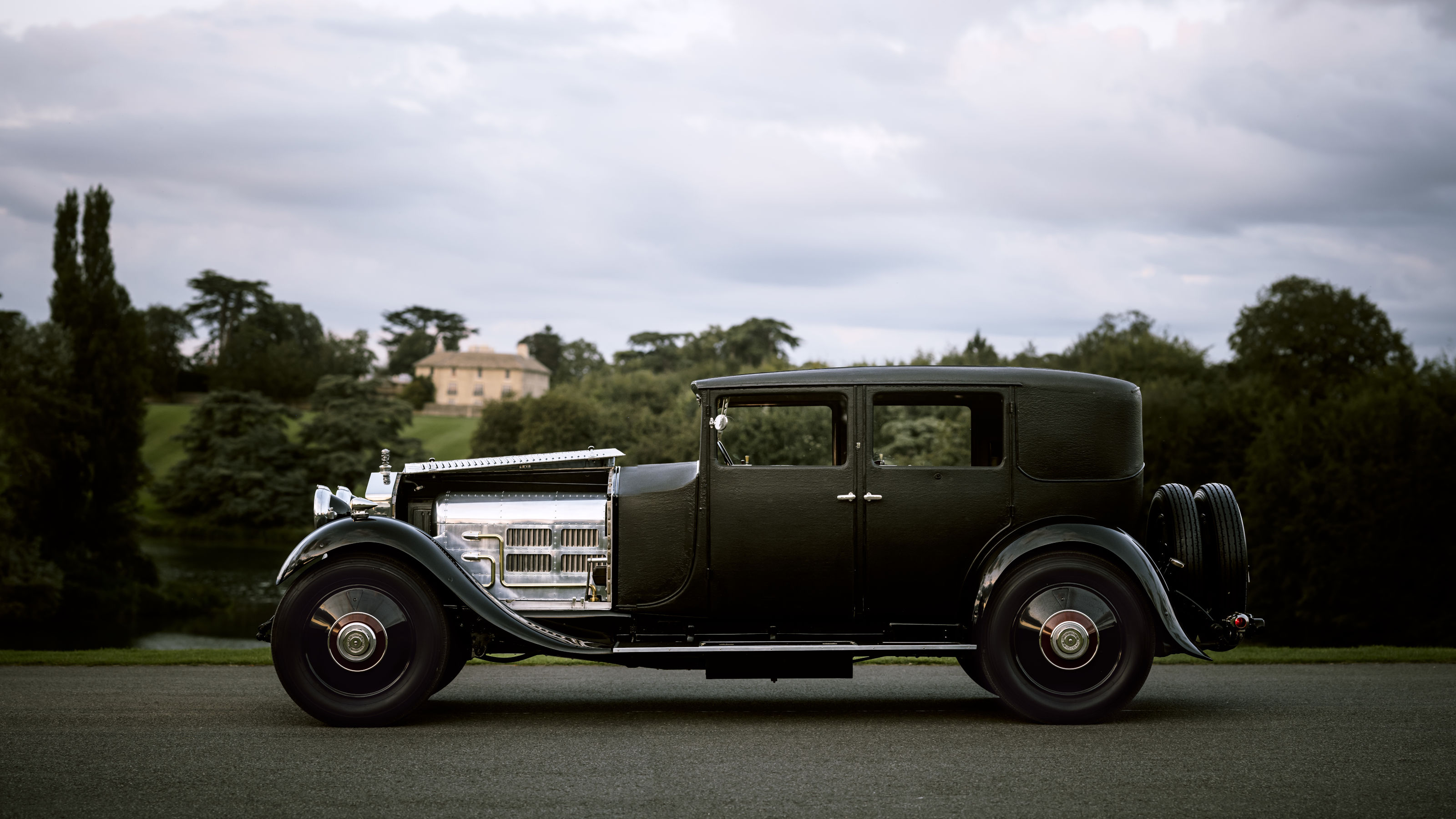
The debate about the electrification of classic cars rumbles on. For some, it’s a necessary transformation that breathes new life into old designs, future-proofing them for the next generation and ensuring they can continue to be used in every setting.
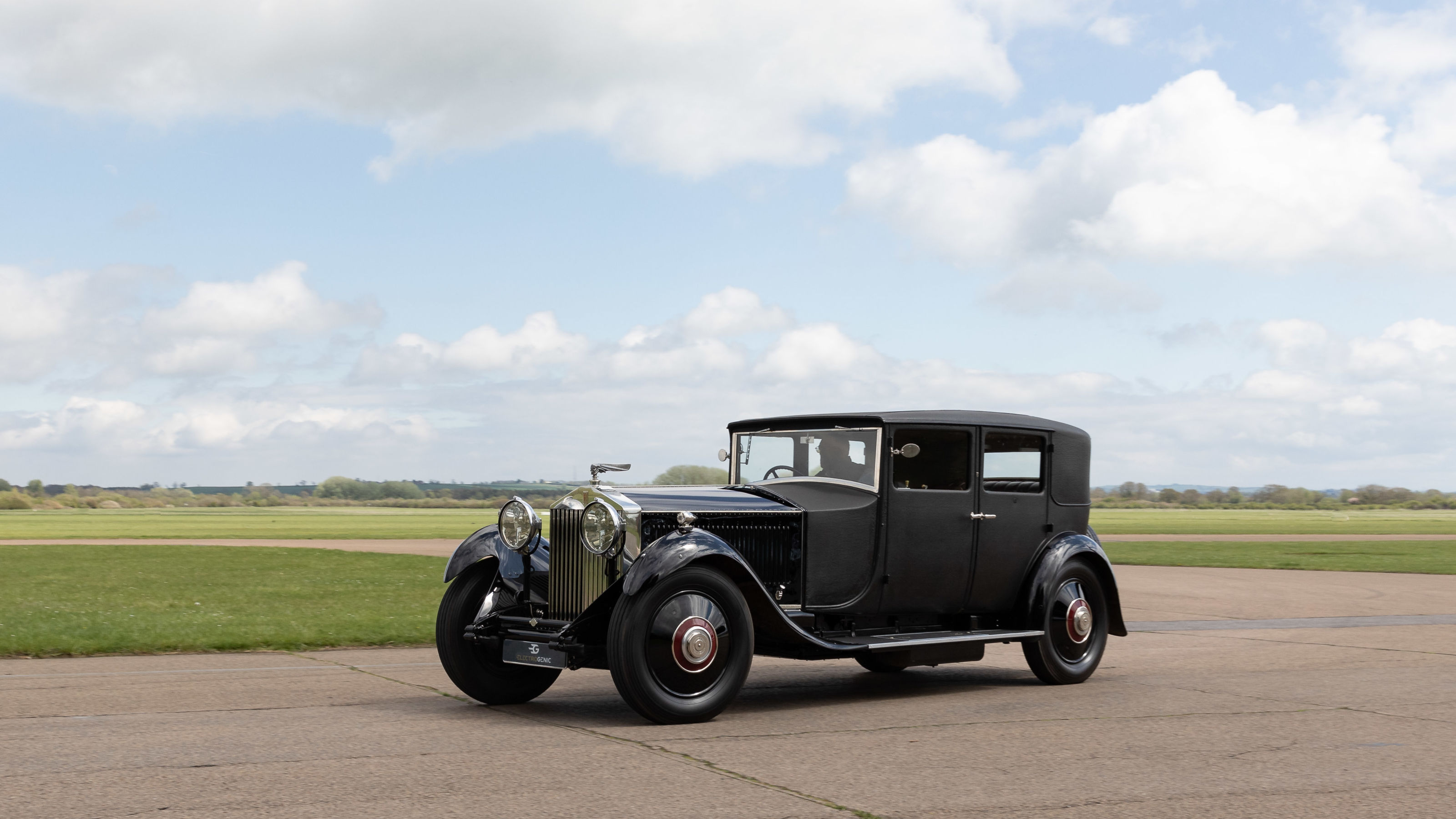
Others see the process as something approaching sacrilege, the desecration of the beating heart of an old car, removing the sound, smell and sensations that give an automobile its meaning and soul. Electrogenic obviously doesn’t agree. The UK-based company has applied its electrification skills to a wide variety of classics, creating bespoke EV versions of everything from the Volkswagen Beetle to the Citroën DS. It also produces kits for the Land Rover Defender, classic Porsche 911, and Jaguar E-Type, reducing the complexity of a conversion with a standardised feature set.

This, on the other hand, is almost guaranteed to remain a one-off. Commissioned by a private collector, this transformation of the 1929 Rolls-Royce Phantom II into an EV is the culmination of an 18-month process – ‘an immensely complicated and rewarding project’, according to Steve Drummond, Electrogenic’s director.
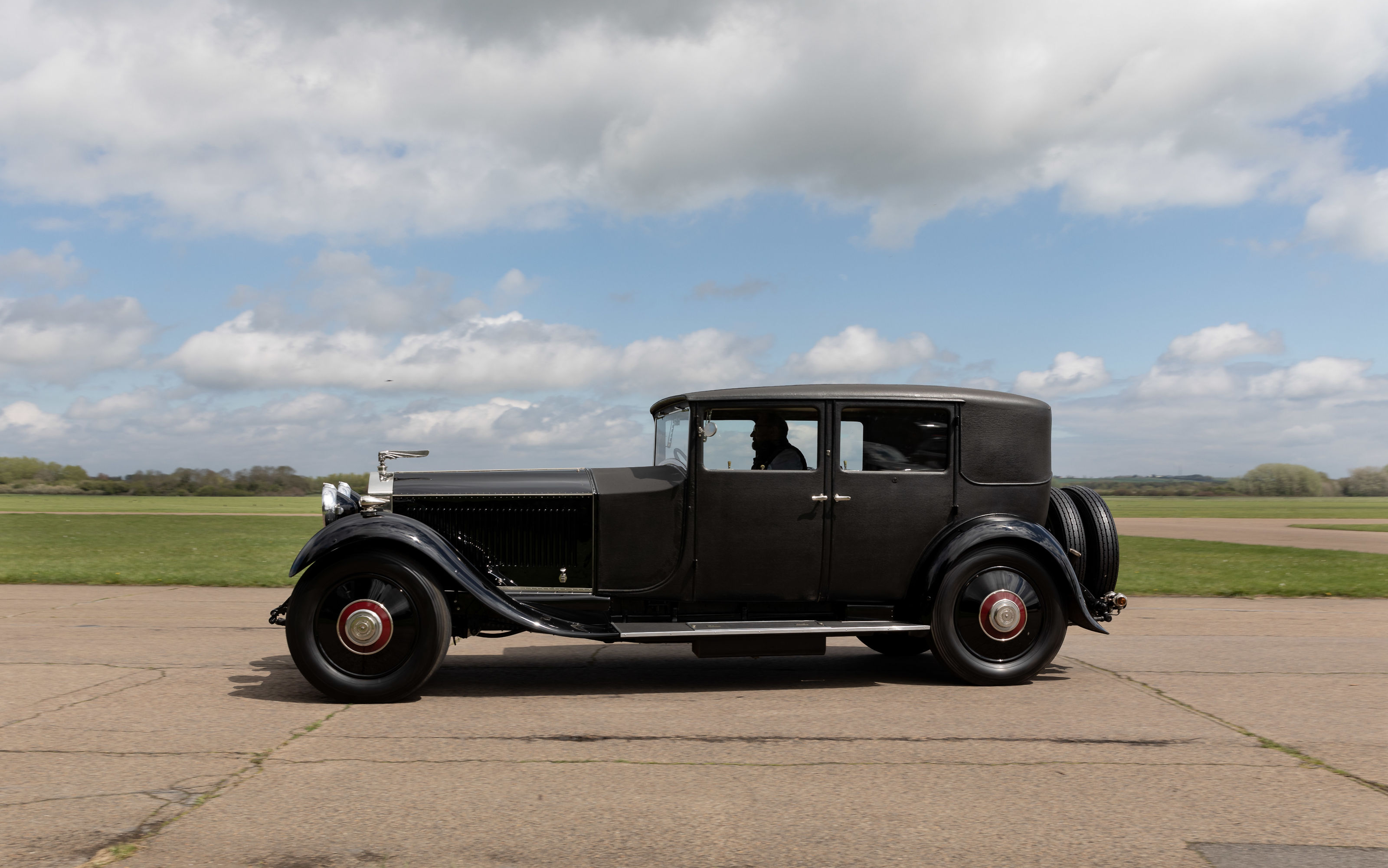
Interwar EV conversions are rare enough, but tackling the majestic scale of the Phantom II took the company’s skills to another level, with thousands of hours’ worth of work required to install 93kWh of batteries beneath Rolls-Royce’s long bonnet. The cells are housed in a hand-riveted aluminium cowling that evokes the complexity of the original 7.7-litre straight-six (removed and retained for future reinstatement, should that ever be necessary). The braking system was subtly updated, and a contemporary sound system was also embedded discretely within the original cabin.
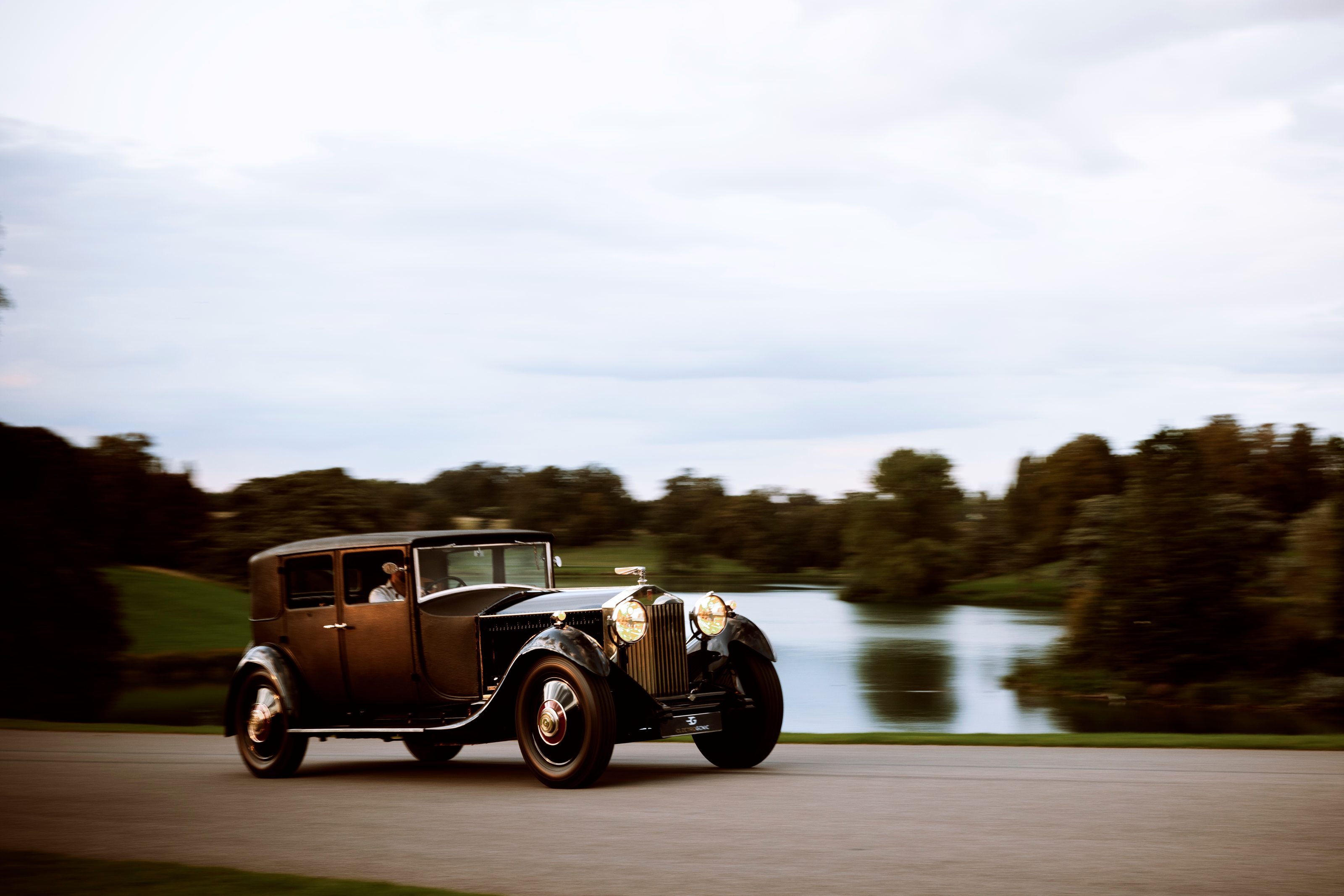
Electrogenic’s specialism is incorporating batteries into a car’s existing structure, and while the Phantom II offered a lot of space within its HJ Mulliner & Co coachwork, there were still extensive calculations and CAD modelling required to combine two technologies separated by a century. The end result emphasises classic Rolls-Royce values – smooth, silent, effortless progress – with a range of around 150 miles.
Wallpaper* Newsletter
Receive our daily digest of inspiration, escapism and design stories from around the world direct to your inbox.
Jonathan Bell has written for Wallpaper* magazine since 1999, covering everything from architecture and transport design to books, tech and graphic design. He is now the magazine’s Transport and Technology Editor. Jonathan has written and edited 15 books, including Concept Car Design, 21st Century House, and The New Modern House. He is also the host of Wallpaper’s first podcast.
-
 Eight designers to know from Rossana Orlandi Gallery’s Milan Design Week 2025 exhibition
Eight designers to know from Rossana Orlandi Gallery’s Milan Design Week 2025 exhibitionWallpaper’s highlights from the mega-exhibition at Rossana Orlandi Gallery include some of the most compelling names in design today
By Anna Solomon
-
 Nikos Koulis brings a cool wearability to high jewellery
Nikos Koulis brings a cool wearability to high jewelleryNikos Koulis experiments with unusual diamond cuts and modern materials in a new collection, ‘Wish’
By Hannah Silver
-
 A Xingfa cement factory’s reimagining breathes new life into an abandoned industrial site
A Xingfa cement factory’s reimagining breathes new life into an abandoned industrial siteWe tour the Xingfa cement factory in China, where a redesign by landscape specialist SWA Group completely transforms an old industrial site into a lush park
By Daven Wu
-
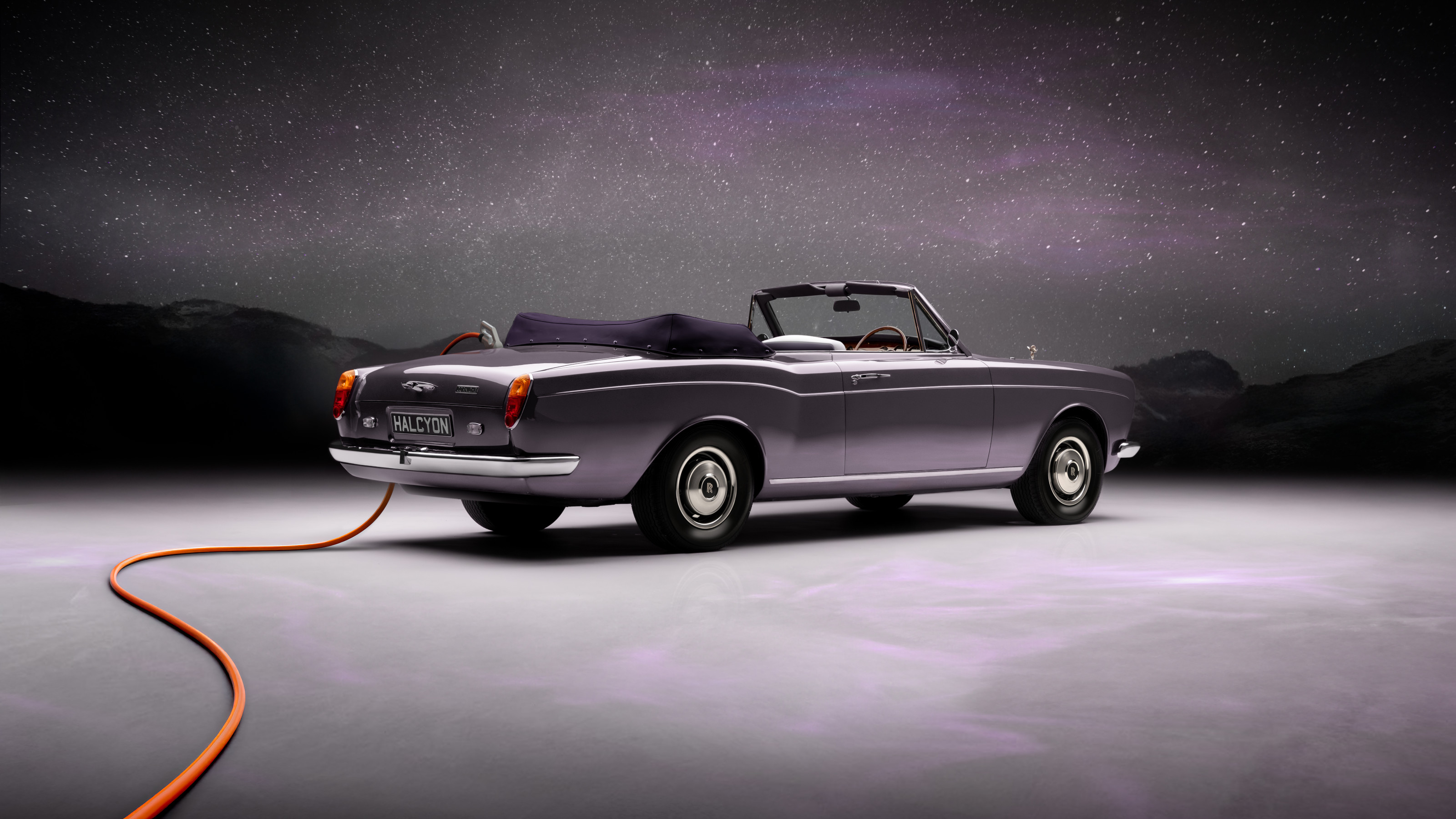 EV start-up Halcyon transforms a classic 1970s Rolls-Royce into a smooth electric operator
EV start-up Halcyon transforms a classic 1970s Rolls-Royce into a smooth electric operatorThis 1978 Rolls-Royce Corniche is the first fruit of a new electric restomod company, the Surrey-based Halcyon
By Jonathan Bell
-
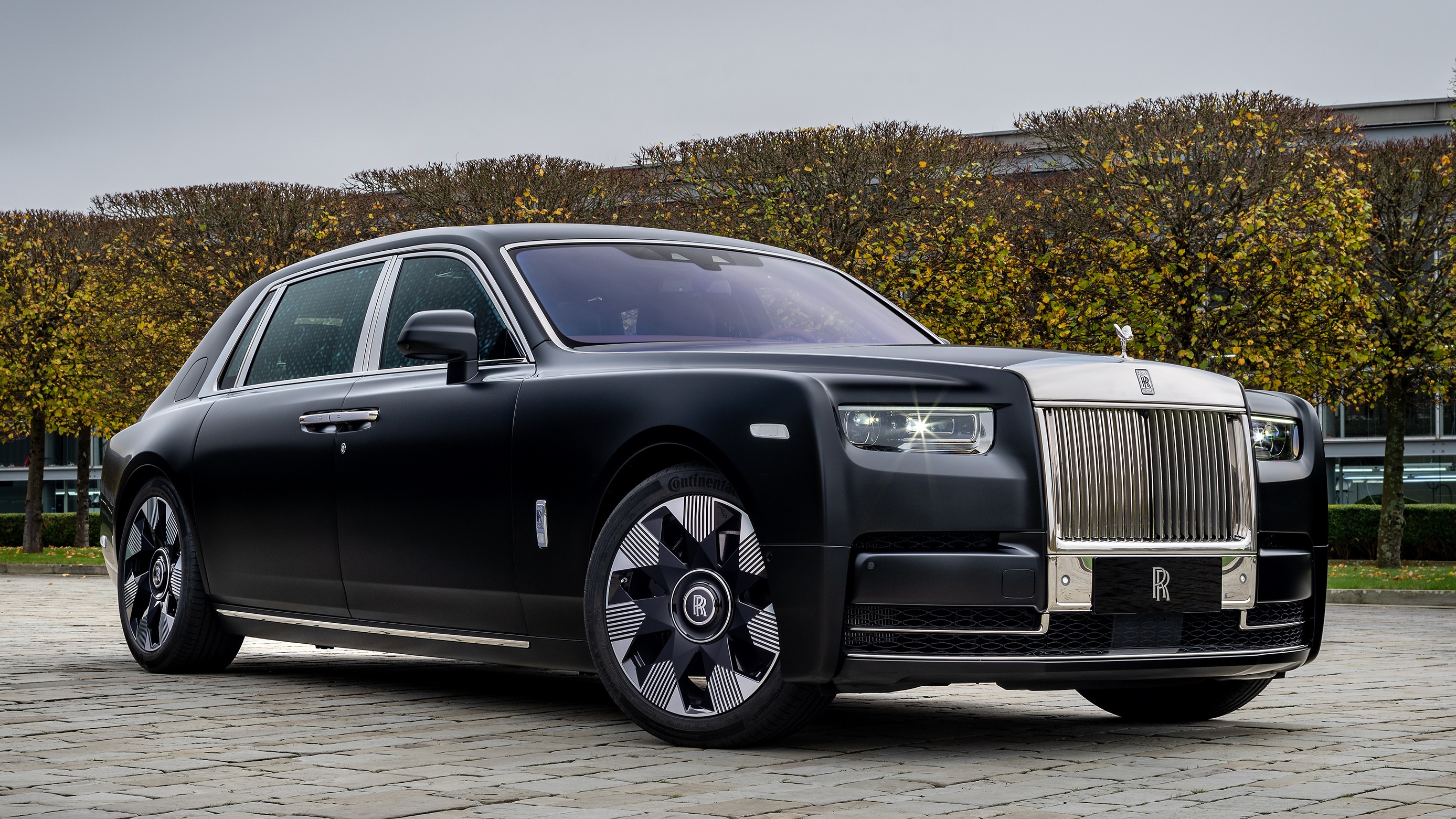 Rolls-Royce Phantom Dragon crosses cultures with a highly crafted approach
Rolls-Royce Phantom Dragon crosses cultures with a highly crafted approachThis one-of-one Phantom Extended has been built as a celebration of the outgoing Year of the Dragon, overseen by Rolls-Royce’s Shanghai Private Office
By Jonathan Bell
-
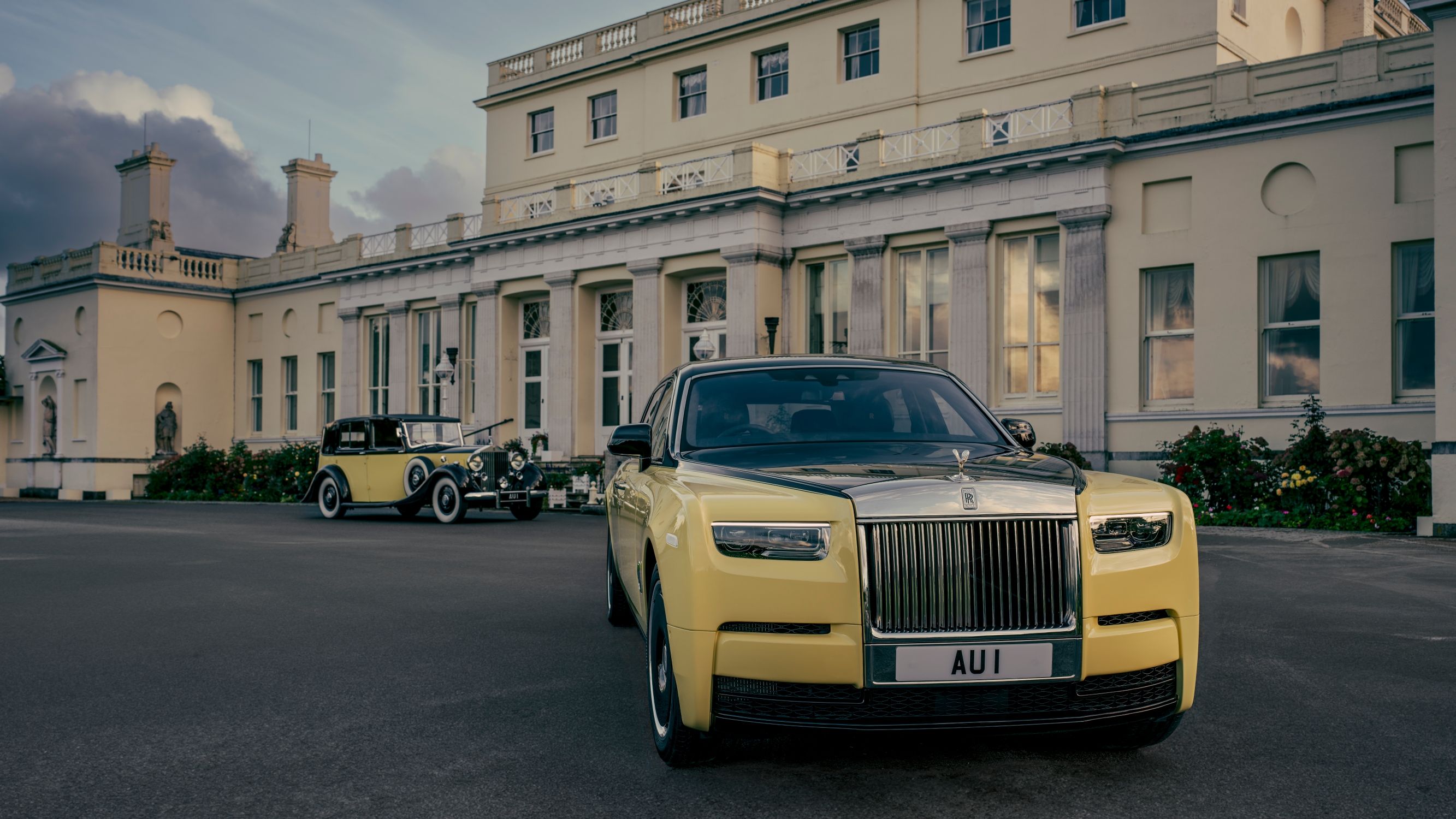 Rolls-Royce re-imagines the classic wheels of one of James Bond’s greatest antagonists
Rolls-Royce re-imagines the classic wheels of one of James Bond’s greatest antagonistsFor one lucky Rolls-Royce owner and Fleming obsessive, this one-off Phantom Goldfinger will blur the lines between cinematic fantasy and real life
By Adam Hay-Nicholls
-
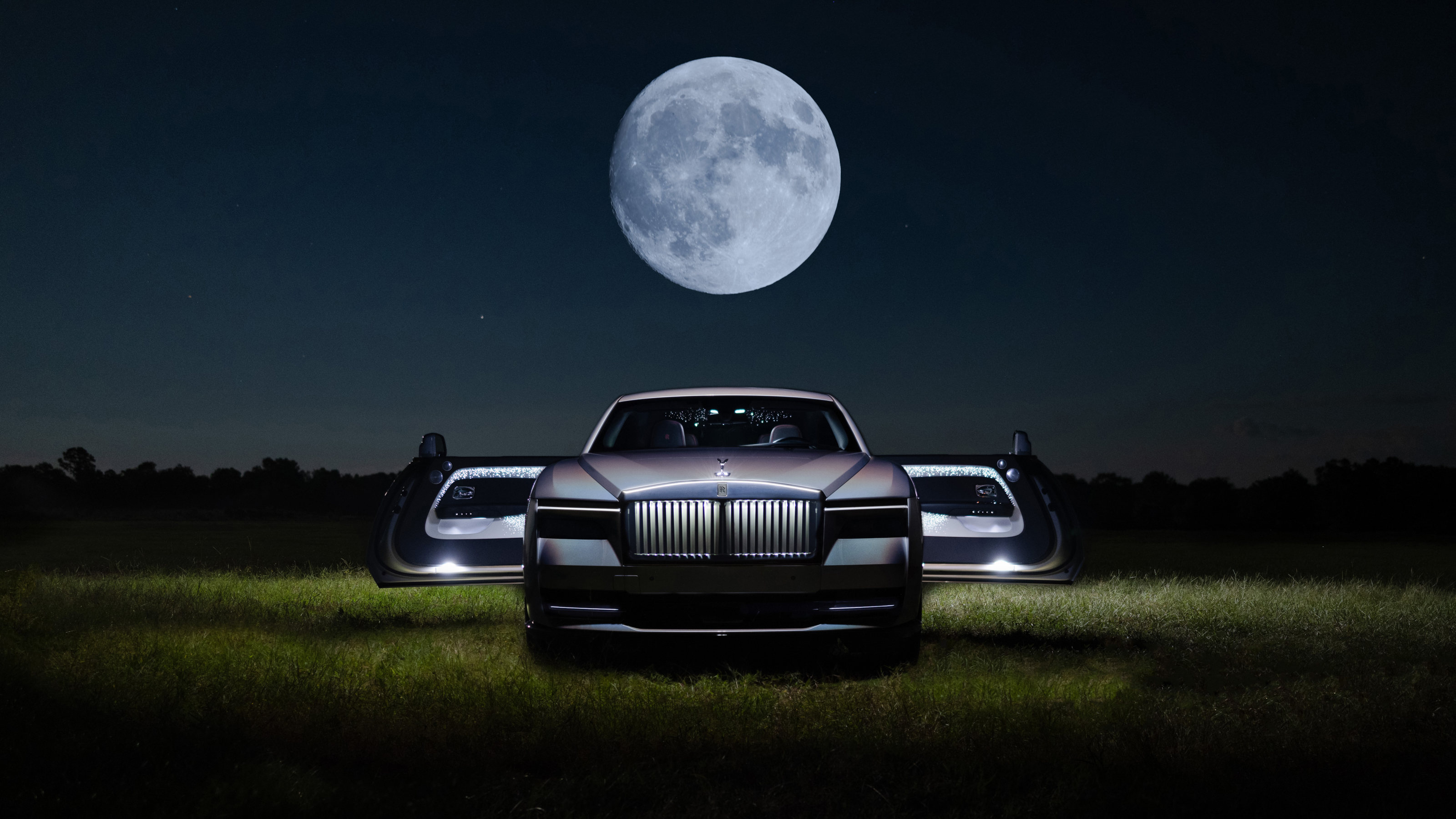 Rolls-Royce’s Bespoke division pushes paint technology to the limits in the Spectre Lunaflair
Rolls-Royce’s Bespoke division pushes paint technology to the limits in the Spectre LunaflairThis one-off commission transforms Rolls-Royce’s all-electric Spectre into a shimmering spectacle inspired by atmospherical effects
By Jonathan Bell
-
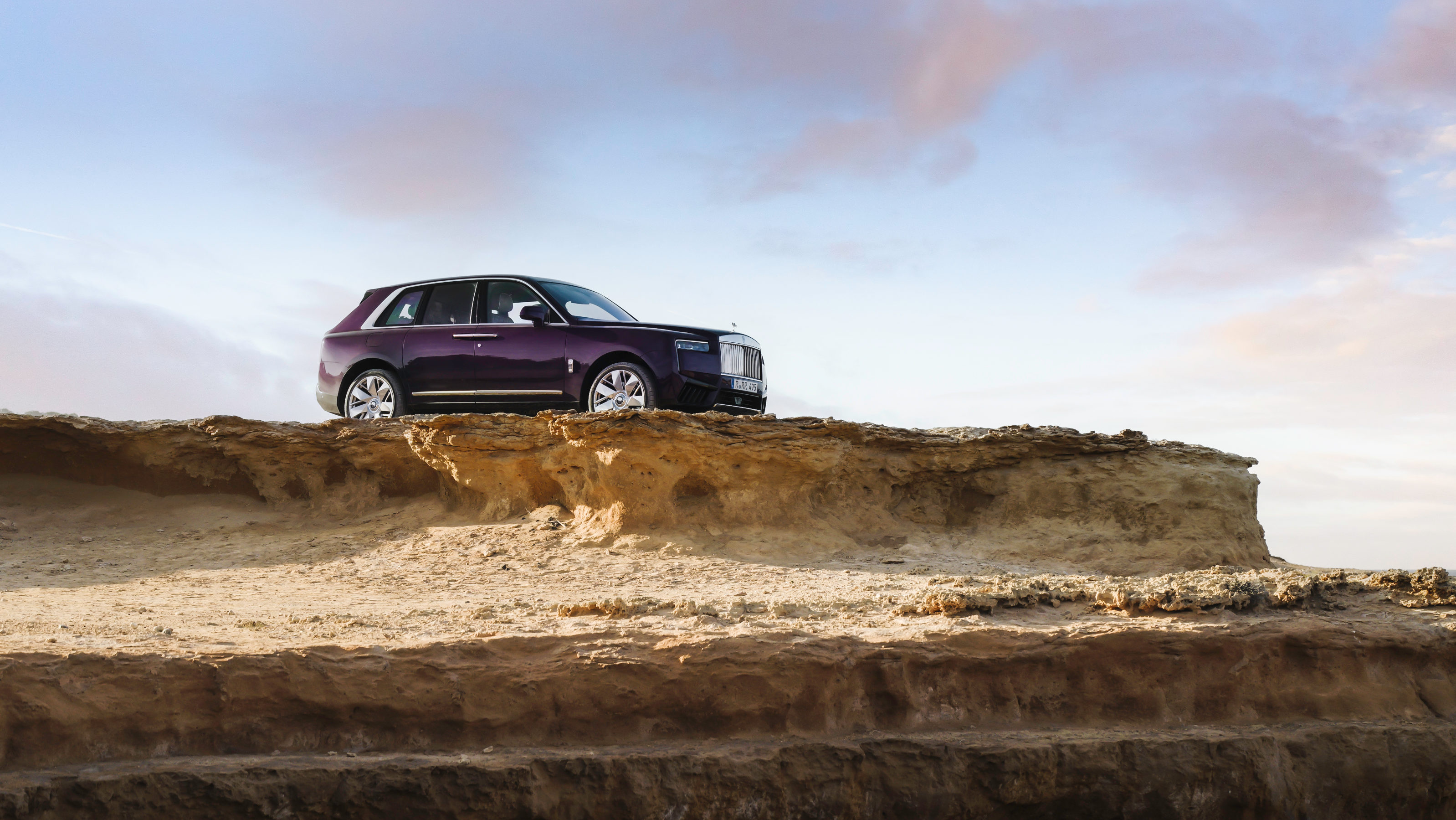 The subtly revised Rolls-Royce Cullinan offers clients an instantly commanding presence
The subtly revised Rolls-Royce Cullinan offers clients an instantly commanding presenceA Rolls-Royce is no longer the ‘best car in the world,’ but the best way to make your mark on automotive culture. Cullinan Series II goes even further into the world of branded storytelling and subtle oneupmanship
By Jonathan Bell
-
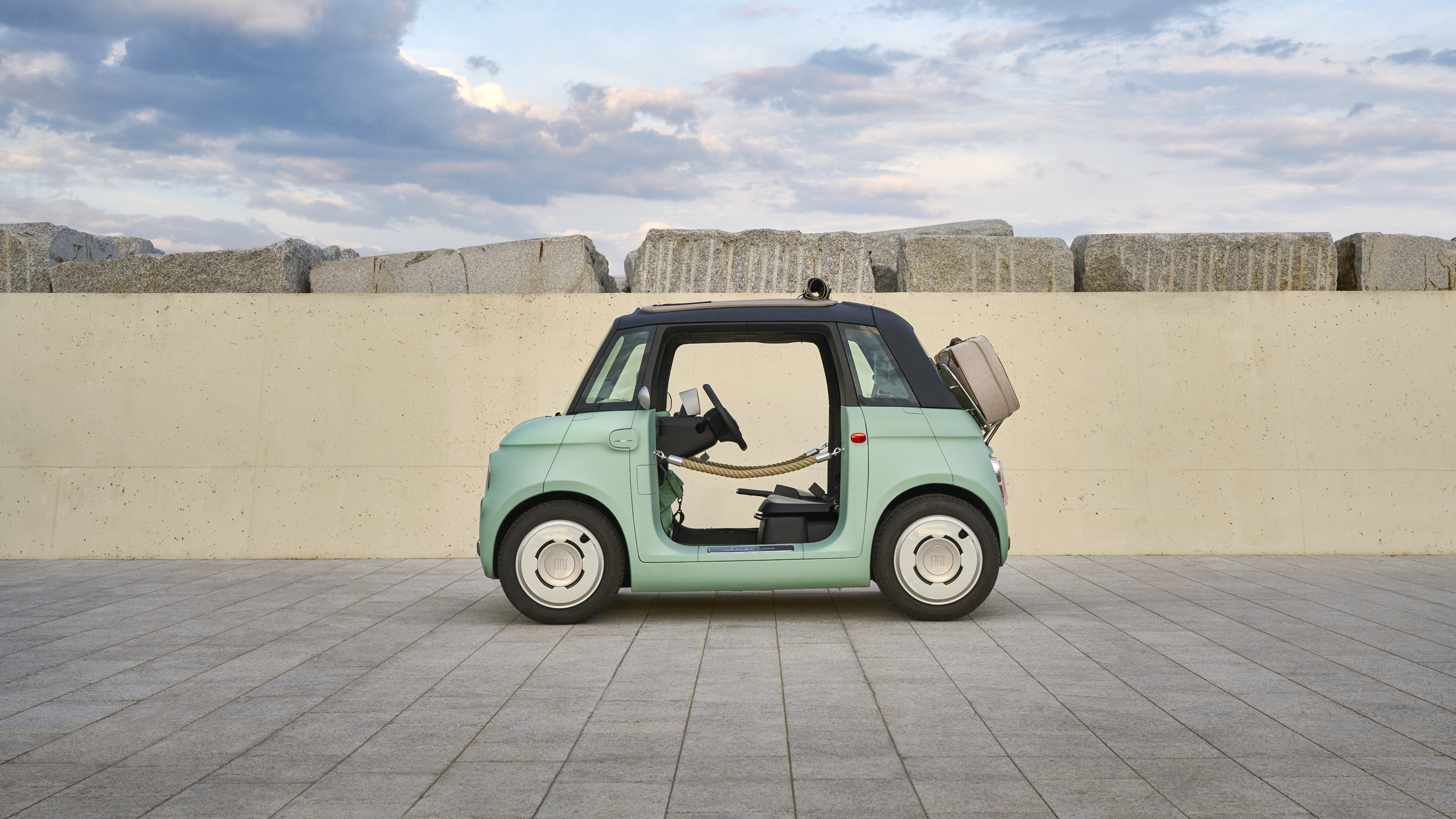 Year in review: top 10 transport design stories of 2023, selected by Wallpaper’s Jonathan Bell
Year in review: top 10 transport design stories of 2023, selected by Wallpaper’s Jonathan BellJonathan Bell’s top 10 transport design stories of 2023 span from electric campers and microcars to flying yachts and classic car recreations
By Jonathan Bell
-
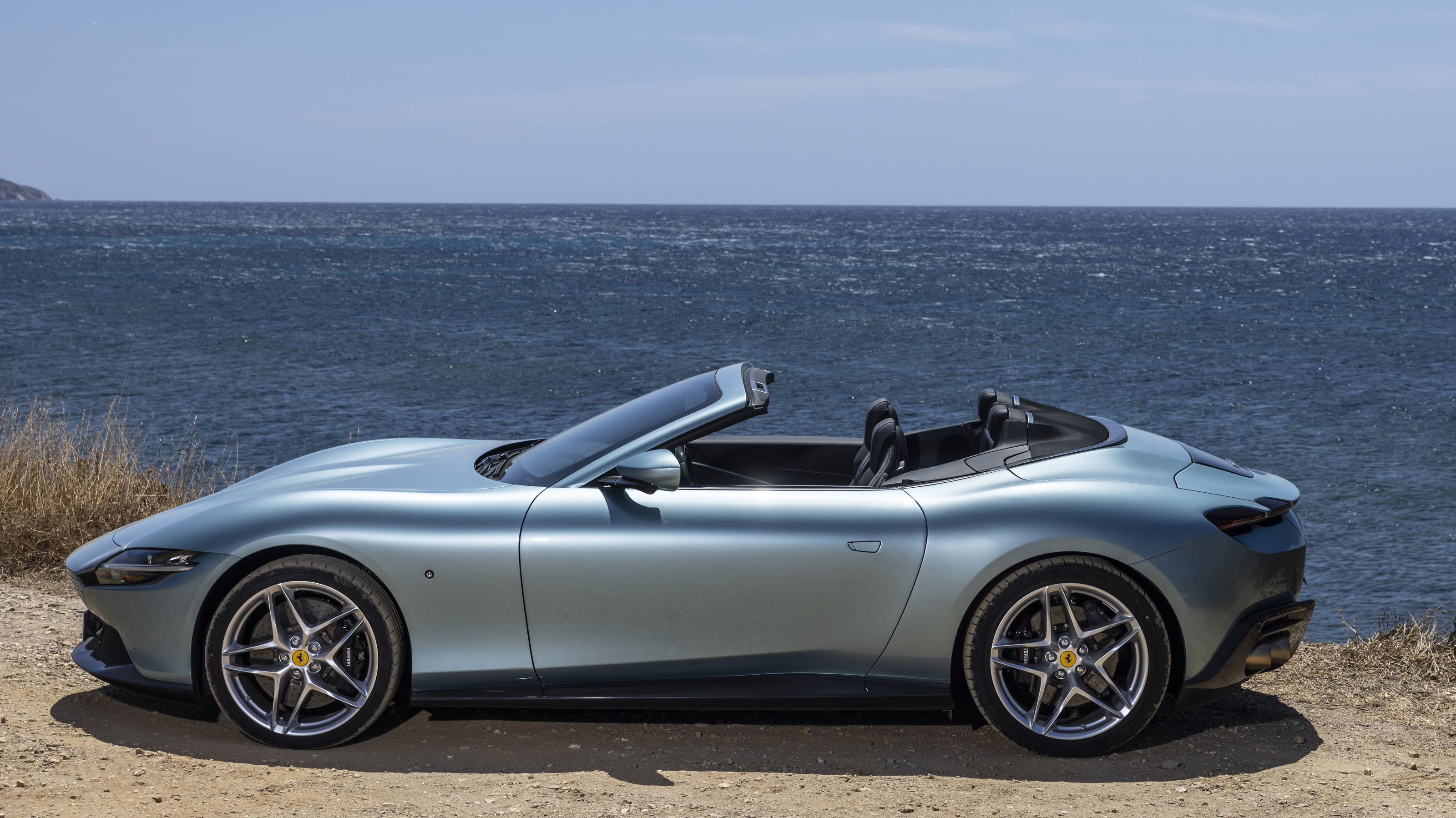 Year in review: the top 10 cars of 2023, as selected by Wallpaper’s Jonathan Bell
Year in review: the top 10 cars of 2023, as selected by Wallpaper’s Jonathan BellWhat were the best four-wheeled offerings of 2023? Transport editor Jonathan Bell takes us through the year’s most intriguing automobiles
By Jonathan Bell
-
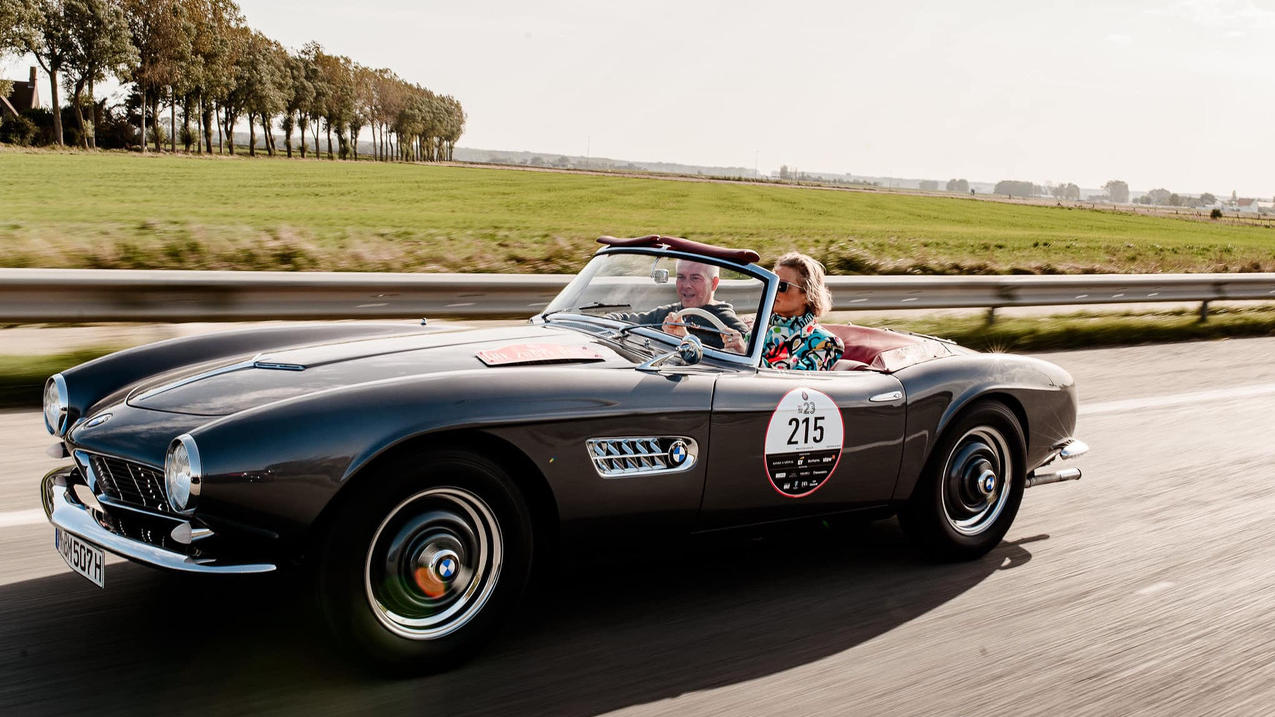 Zoute Grand Prix is a car fest like no other at a pristine Belgian beachside town
Zoute Grand Prix is a car fest like no other at a pristine Belgian beachside townAmy Serafin takes to the well-heeled streets of Knokke-Heist to experience the Zoute Grand Prix, its annual cavalcade of classic car-related events, from a rally to an auction
By Amy Serafin